- Education
- gems & jewellery
Learn About Turquoise
Would you believe us if we told you that the gorgeous turquoise is one of the oldest gemstones in the world?
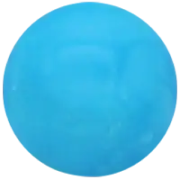
Turquoise
- Turquoise
- Blue Greenish blue
- 5 to 6 Mohs
-
Sagittarius Capricorn
- Positivity, Happiness
- December Birthstone
 Round
Round
 Oval
Oval
Overview
Turquoise might come across as a chic, modern-day jewel. Several sources suggest that this ancient gem was first spotted in Turkey. It then traveled to Europe with people who revered it for its fascinating color and called it ‘pierre tourques,’ French for ‘Turkish stone.’
Some ancient cultures believed that wearing this gem could attract good fortune, while others thought it helped in the safe passage to the afterlife.
View All List of Gemstones
1. Key Origin
- Turquoise happens to be the national gem of Tibet

2. Associations
- Turquoise has been associated with a host of positive attributes.
- The color of turquoise itself is reminiscent of the summer sky, which symbolizes positivity, happiness, and possibilities.
- Some ancient cultures believed that wearing this gem could attract good fortune.
Properties
Rated 5 to 6 on the Mohs scale of mineral hardness

01Hardness & Strength
In the toughness department, turquoise can be considered a fairly durable gem. It has a rating of 5 to 6 on the Mohs scale, a tool developed by Friedrich Mohs specifically to measure the hardness of various minerals.
So, while turquoise isn’t the strongest, it certainly isn’t as delicate as a pearl either. Do remember to avoid a turquoise if it appears coarse, porous, or grainy. Pick stones that have a fine and smooth texture as they’re likely to be more durable.

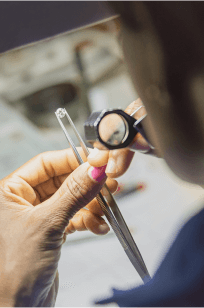
02Treatment
It is normal for turquoise to undergo treatment to improve its appearance and/or durability. Some of the methods used are as follows.
Stabilization: This process involves placing the stone under pressure, leading to the absorption of a clear epoxy, making the stone harder, thereby improving its durability.
Dyeing: Since color is the most important feature of the turquoise, many sellers use dark blue pigments or other varieties of dye to either improve the color tone or make it more uniform.
Waxing and Oiling: The ‘wetting effect’ is achieved with the help of this method that involves using a light film of wax or oil. It essentially helps enhance the glow of the turquoise.
Know About Other Gems

Turquoise
"Would you believe us if we told you that the gorgeous turquoise is one of the oldest gemstones in the world?”
- Turquoise
- Blue, Greenish blue
- 5 to 6 Mohs
- Sagittarius Capricorn
- Positivity, Happiness
- December
 Round
Round
 Oval
Oval
Know About Other Gems
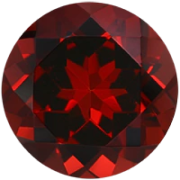
Garnet
Don't garnets remind you of pomegranate seeds? Well, turns out their name actually comes from a Latin word that means pomegranate!
- Silicate
- Primarily red
- 6.5 to 7.5 Mohs
-
Capricorn Aquarius
- Love, Friendship, Passion
- January

Amethyst
Amethyst is love in a gem! St. Valentine too is believed to have worn an amethyst ring with Cupid’s image.
- Quartz
- Purple, Pale lilac, Deep reddish purple
- 7 Mohs
-
Aquarius Pisces
- Wisdom, Peace, Good fortune
- February
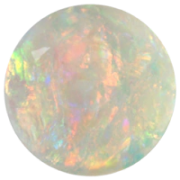
Opal
Ancient legends suggest opals fell from the heavens in flashes of lightning. That probably explains why this gem is so magical!
- Hydrated Silica
- All colors
- 5 to 6.5 Mohs
-
Libra Scorpio
- Hope, Purity, Truth
- October

Aquamarine
From its hue to its name, everything about aquamarine swirls around water. No wonder the mermaids called it their own!
- Beryl
- Pale blue, Greenish blue, Pastel blue
- 7.5 to 8 Mohs
-
Aries Pisces
- Serenity, Clarity, Harmony
- March

Ruby
Did you know ruby and sapphire are cousins? They come from the same mineral family, which is corundum!
- Corundum
- Red
- 9 Mohs
-
Cancer Leo
- Love, Power, Passion
- July
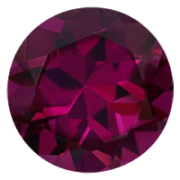
Rhodolite
Rhodolite gets its name from the Greek word ‘rhodon’ which means ‘rose.’ Such an apt name for this pretty stone!
- Garnet group of minerals
- Rose pink - deep purple
- 7 to 7.5 Mohs
- Positivity
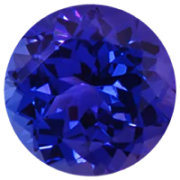
Tanzanite
Though a new discovery, tanzanites could quickly become extinct! It's because they're mined in only one place on Earth.
- Zoisite
- Violet purple, Bluish violet
- 6 to 7 Mohs
-
Sagittarius Capricorn
- Abundance, New beginnings
- December

Onyx
Many cultures believed onyx could absorb negativity. In fact, the more negativity it absorbed, the darker it became!
- Silicate
- Primarily black
- 6.5 to 7 Mohs
- Courage, Power, Good fortune

Sapphire
The most obsessed-over sapphire in the world is the 12-carat stunner on Princess Diana’s legendary engagement ring.
- Corundum
- Every color but red
- 9 Mohs
-
Libra Virgo
- Truth, Sincerity, Loyalty
- September
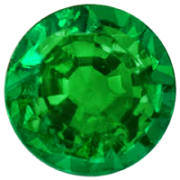
Emerald
Cleopatra was crazy about emeralds! She even took over a few Greek mines, hoping to keep all the jewels for herself.
- Beryl
- Green, Bluish green, Deep green
- 7.5 to 8 Mohs
-
Taurus Gemini
- Good fortune, Balance, Growth
- May
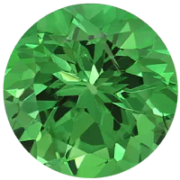
Tsavorite
Tsavorites may look like emeralds, but in reality, they are roughly 200 times rarer than emeralds.
- Garnet group of minerals
- Green
- 6.5 to 7.5 Mohs
- Strength, Vitality, Positivity
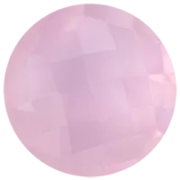
Rose Quartz
Rose quartz isn't just a pretty gem. It's believed to attract love and bring in peace and tenderness to your life.
- Quartz
- Shades of pink
- 7 Mohs
- Love, Harmony
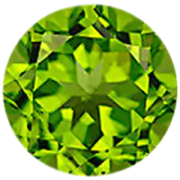
Peridot
Unlike most gemstones that come in different colors, peridot is found only in olive green. It's a special gem, for sure!
- Olivine
- Yellowish green, Deep dark olive, Yellow-green
- 6.5 to 7 Mohs
-
Leo Virgo
- Prosperity, Good fortune
- August
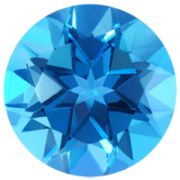
Swiss Blue Topaz
Wear a topaz and it could make you invisible in times of emergency. Farfetched? Well, that's what the Ancient Greeks believed!
- Silicate
- Yellow, Orange, Brown
- 8 Mohs
-
Scorpio Sagittarius
- Love, Loyalty
- November
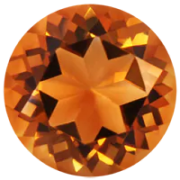
Citrine
In the middle ages, citrine was also called the ‘merchant's stone’ as it was believed to bring success and prosperity.
- Quartz
- Yellow-orange, Pale yellow
- 7 Mohs
-
Scorpio Sagittarius
- Positivity, Optimism
- November
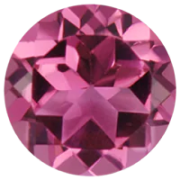
Tourmaline
Self-love is the best kind of love and tourmaline is considered to be the best gem to help you in this journey.
- Silicate
- All colors
- 7 to 7.5 Mohs
-
Libra Scorpio
- Friendship, Compassion
- October
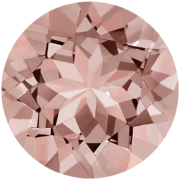
Morganite
Morganites were named after J.P. Morgan, who wasn't just a genius in all things finance, but a gem enthusiast too.
- Beryl
- Pale pink, Peach
- 7.5 to 8 Mohs
- Romance, Love, Harmony
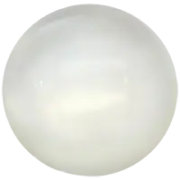
Moonstone
Moonstone was declared the state gem of Florida in 1970 to honor NASA’s lunar landing and the Kennedy Space Center.
- Feldspar
- Colorless, White
- 6 to 6.5 Mohs
-
Gemini Cancer
- Good fortune, Luck
- June

The 4C’s
The below-mentioned factors help determine a turquoise's true value:
- Color
- Carat
- Clarity
- Cuts
01Color
- Superior-quality turquoise stones showcase a bright color that is reminiscent of robin’s eggs.
- Sourced from Persia (now Iran), and therefore preferred hue for turquoise was also referred to as ‘Persian blue.’
- Strictly avoid turquoise stones that have hints of green.


02Carat
- Fortunately, the turquoise is available in a variety of sizes, from very small to considerably big.
- In terms of weight, you can find turquoise up to 5 carats with relative ease.
- Always give preference to the quality and color grade, and not the size or carat weight.
03Clarity
- Turquoise is unlike most of the other gems that are known for their translucent sparkle.
- Turquoise with splotches or veins can be found, as they are simply the remnants of the host rock.
- Top-quality turquoise stones display an evenly spread-out bright blue color on the opaque surface with no presence of matrix


04Cuts
- Top-quality turquoise stones are usually fashioned into cabochons and can be found in different shapes.
- Round and oval being the most common, also cut into beads or flat pieces for inlays.
- The structure of turquoise leans on the softer side, it has been used by artists all over the world for carving fascinating fashion jewelry
Quality & Grading
Before picking turquoise jewelry, do check the quality grading chart to make an informed purchase:
| Gem Quality | Color | Clarity | Brilliance | Rareness | Shop Products |
|---|---|---|---|---|---|
| Heirloom (AAAA) |  Deep Sky Blue Deep Sky Blue | Opaque & Surface Clean | Very High | Top 1% |
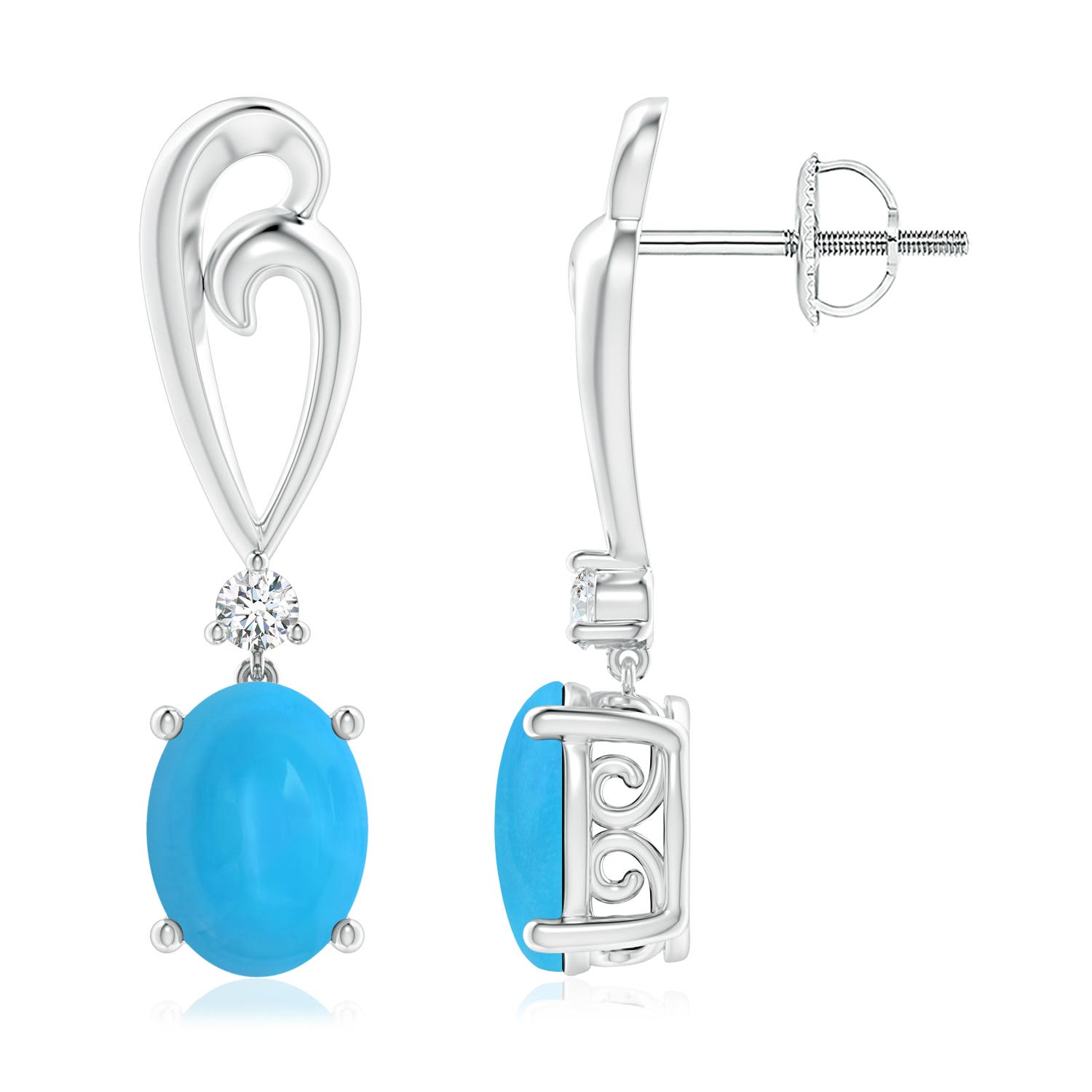
Solitaire Oval Turquoise Swirl Drop Earrings with Diamond$2269 |
| Best (AAA) |  Sky Blue Sky Blue | Opaque & Very Slight Surface Blemishesa | High | Top 10% |
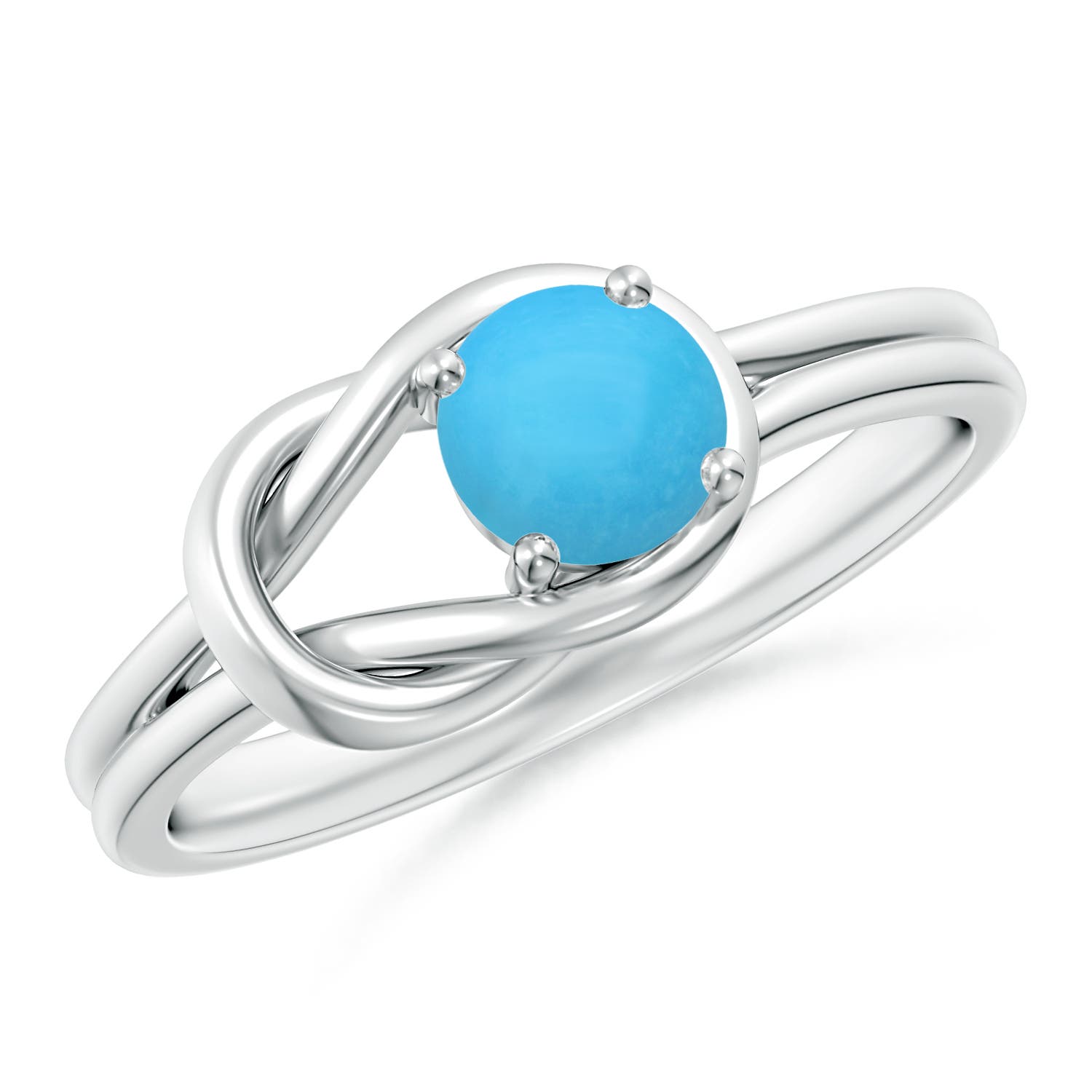
Solitaire Turquoise Infinity Knot Ring$409 |
| Better (AA) |  Greenish-Blue Greenish-Blue | Opaque & Slight Surface Blemishes | Medium | Top 33% |
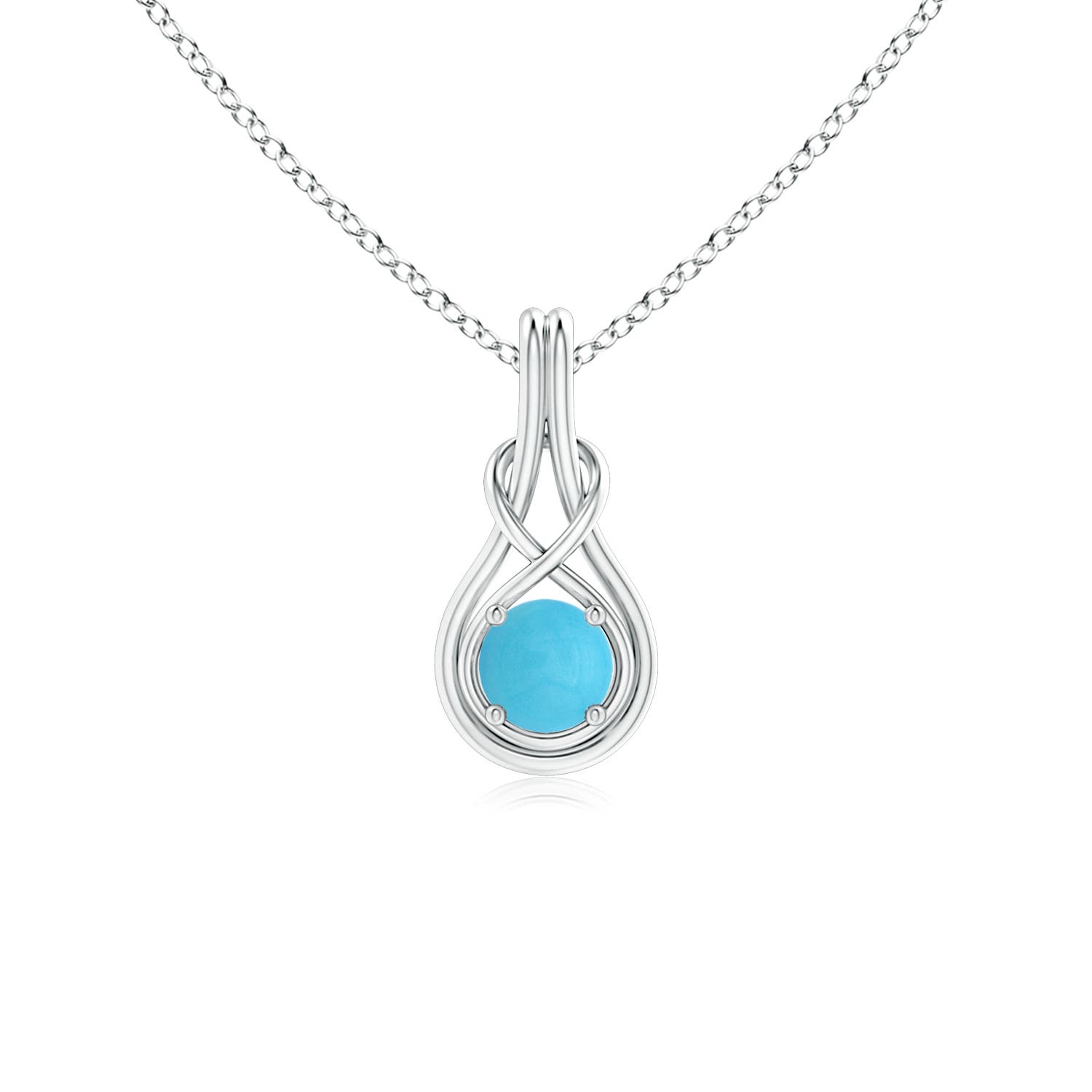
Round Turquoise Solitaire Infinity Knot Pendant$259 |
| Good (A) |  Light Blue Light Blue | Opaque & Surface Blemishes | Low | Top 75% |
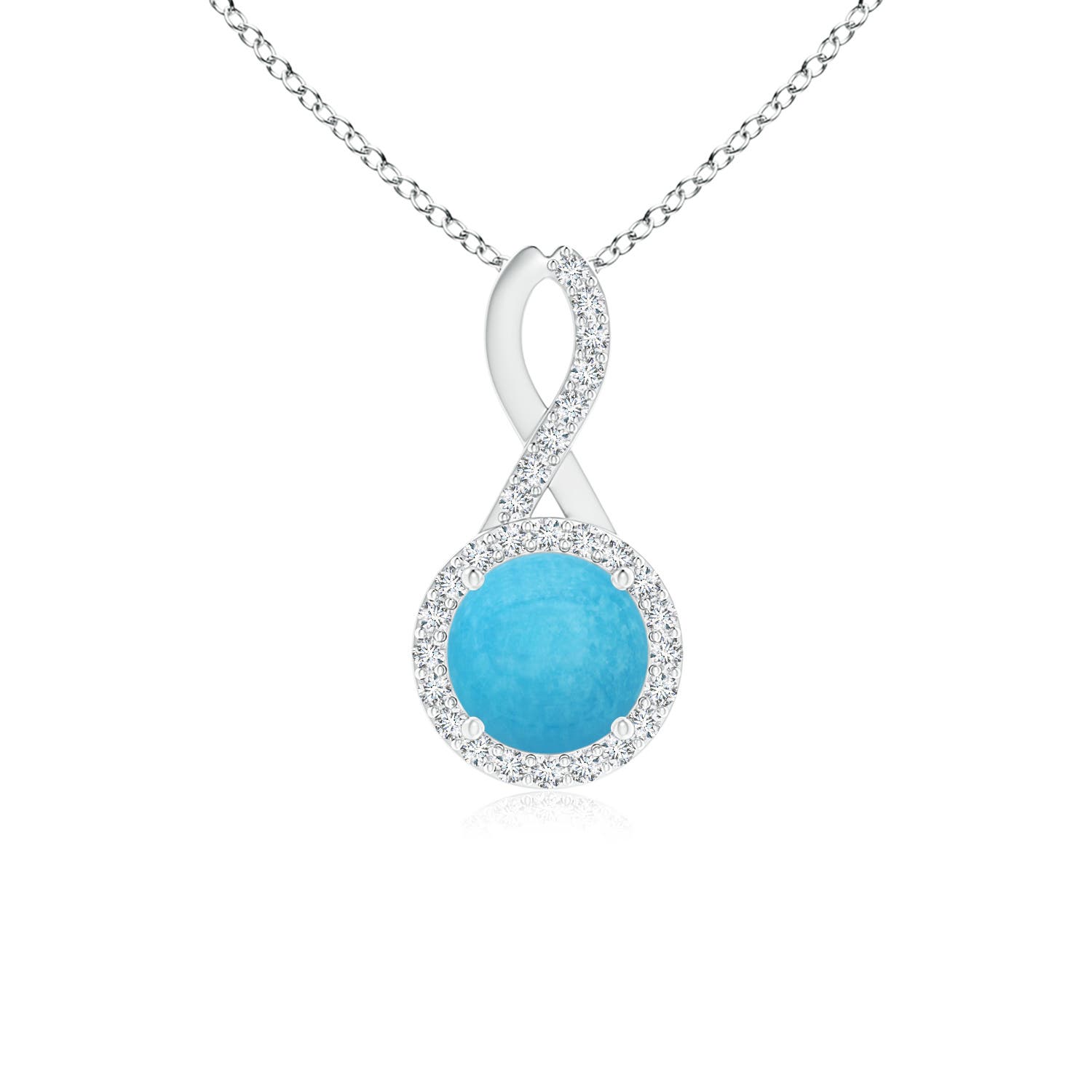
Infinity Round Turquoise and Diamond Halo Pendant$1039 |
Latest Pick from Turquoise Jewelry
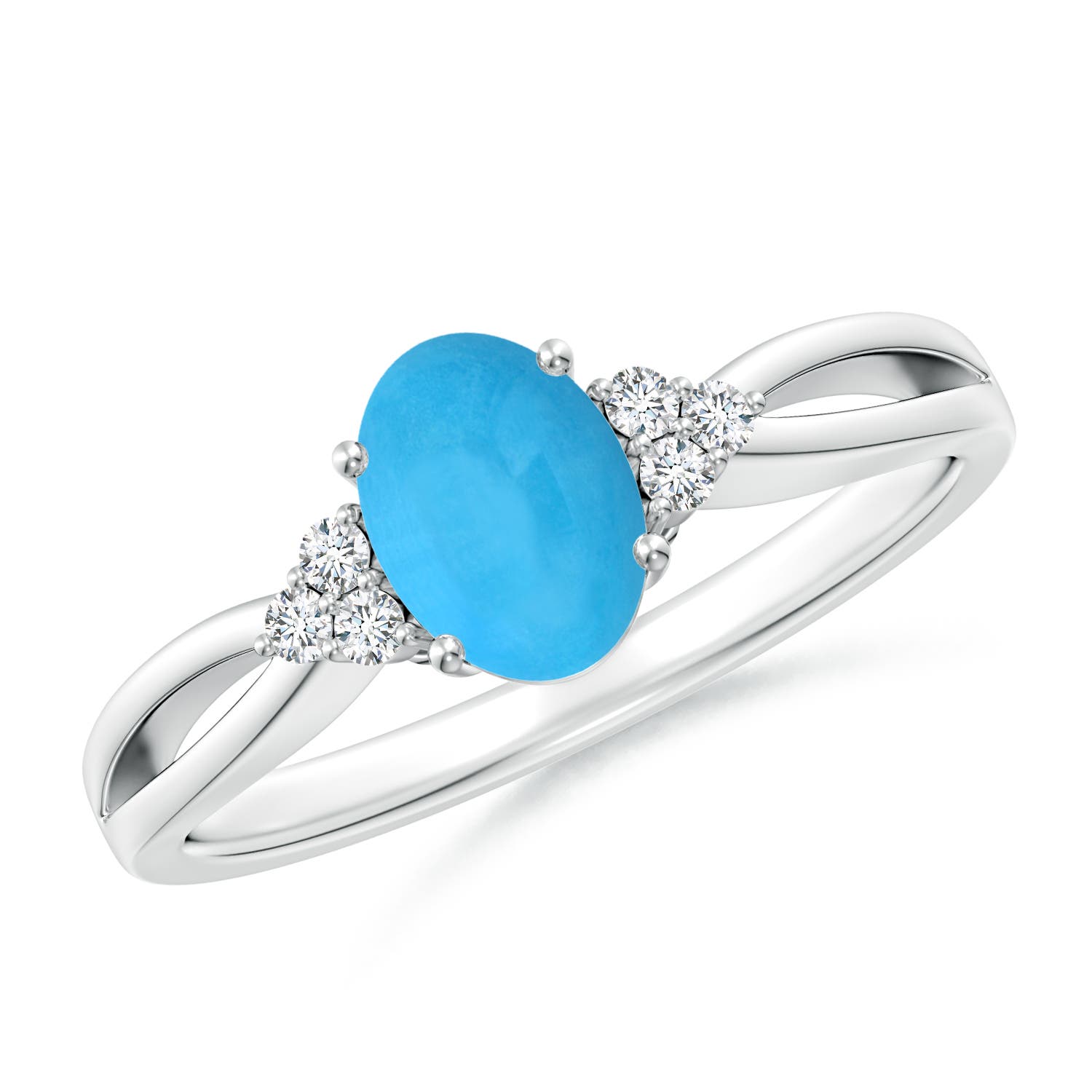
Solitaire Oval Turquoise Split Shank Ring with Trio Diamonds
$1259
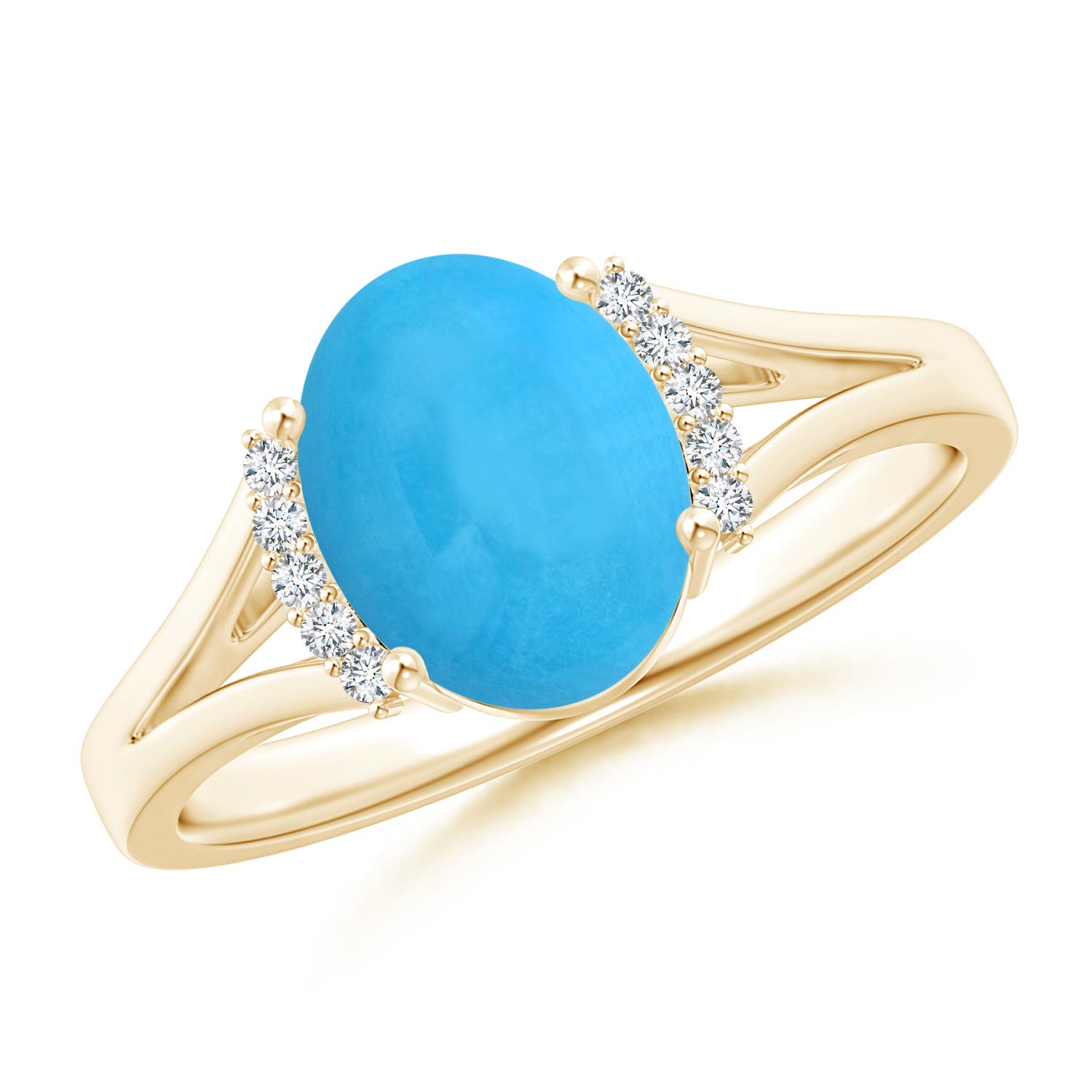
Oval Turquoise Split Shank Ring with Diamond Collar
$1759

Prong-Set Oval Turquoise Halo Ring with Diamonds
$2569

Prong-Set Oval Turquoise Halo Ring with Diamond Accents
$1689
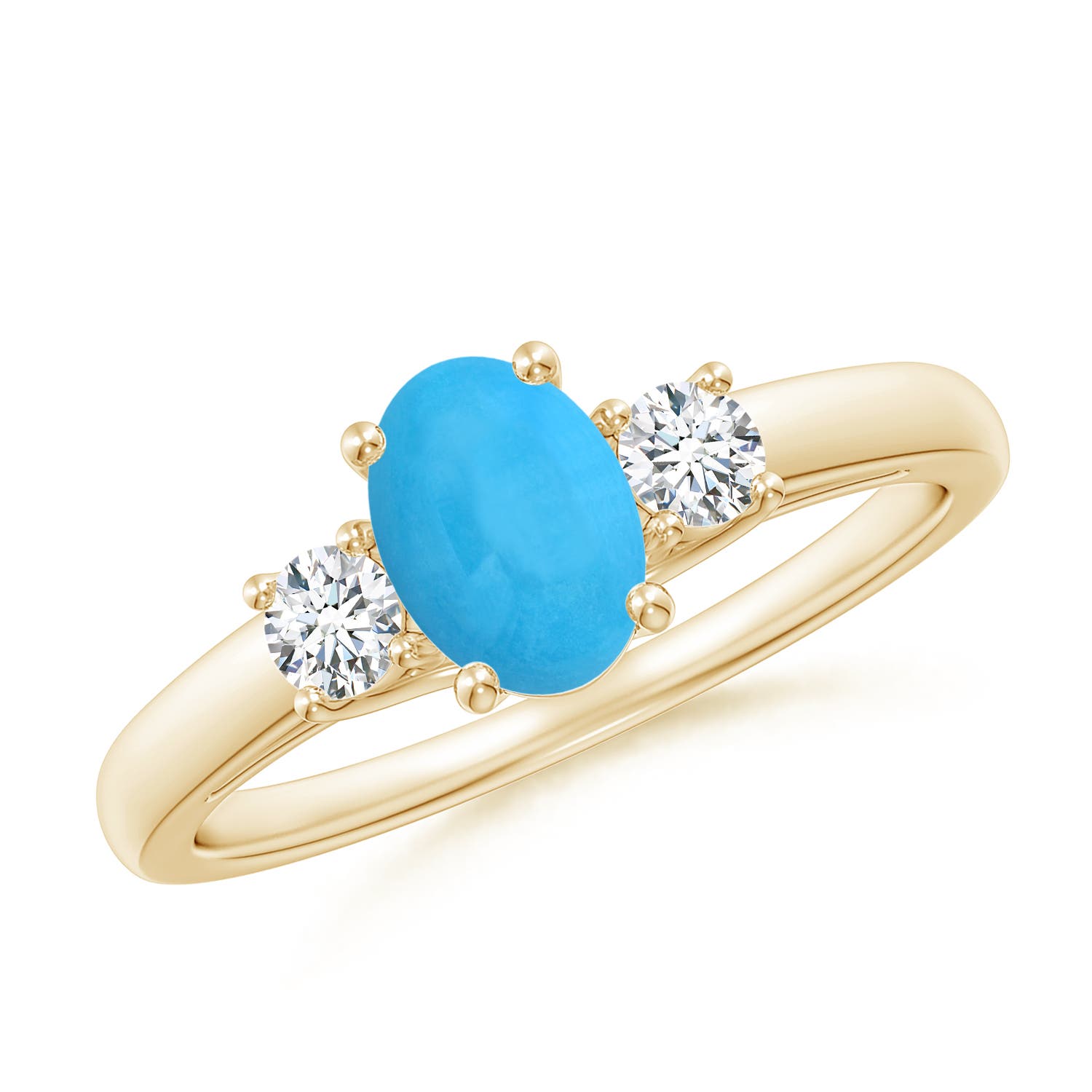
Oval Turquoise Ring with Diamond Accents
$1809
Care Instructions
If you’ve fallen in love with the turquoise and plan to bring it home in the form of pretty jewelry, then do keep the following tips in mind. Not only will this list help you maintain the beauty of the ‘mefkat’ gem, but it will also help prevent unnecessary damage.
FAQs
1. Are turquoise valuable?
Yes, turquoise is considered valuable, especially high-quality stones with vibrant, even color and minimal veining. Its value is influenced by factors such as origin, color intensity and rarity, with stones from renowned mines being particularly sought after.
2. Is turquoise expensive?
Turquoise prices vary based on quality, origin and treatment. Natural, high-quality turquoise can be expensive, while treated or synthetic options are more affordable.
3. What makes turquoise so special?
Turquoise is highly prized by many cultures across the world as it’s believed to symbolize positivity and happiness. This has led many to believe that this gemstone serves as their very own personal talisman of hope and joy.
4. How many colors of turquoise are there?
Turquoise comes in a range of colors, from blue to greenish-blue, with the most coveted shade being the pretty "robin's egg" blue.
5. Is turquoise graded differently than diamonds?
Yes, turquoise is evaluated based on color, texture, matrix pattern and treatment status, rather than the grading standard of 4Cs that applies to diamonds. A uniform, intense blue with minimal veining is considered the highest quality.

























 Earrings
Earrings
 Bracelets
Bracelets
 Necklaces
Necklaces